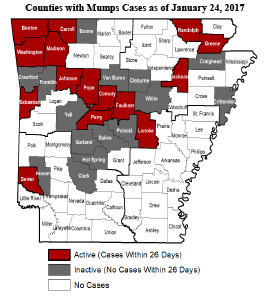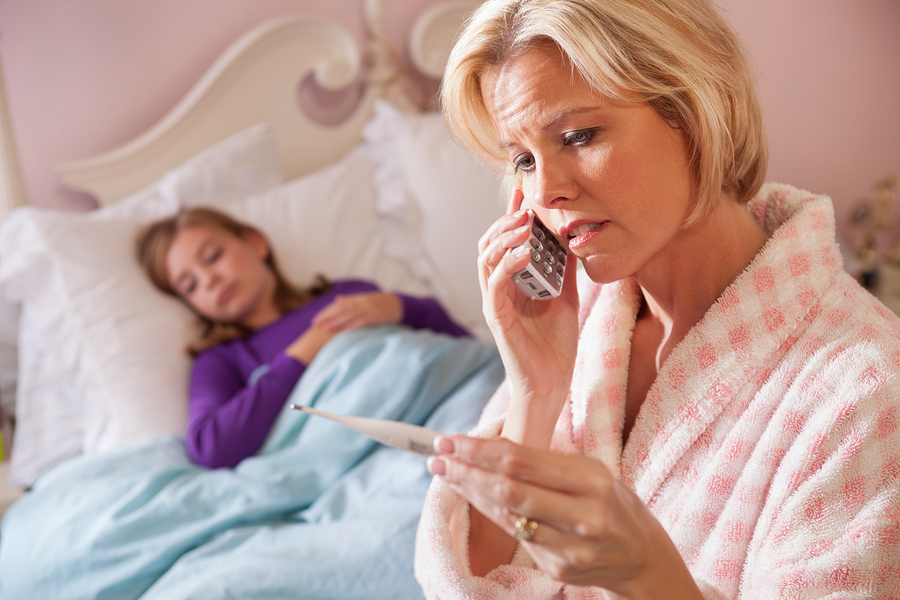Safe Sleeping
[av_image src=’https://jbrkids.com/wp-content/uploads/2017/02/crib-sleep.jpg’ attachment=’2329′ attachment_size=’full’ align=’center’ styling=” hover=” link=” target=” caption=” font_size=” appearance=” overlay_opacity=’0.4′ overlay_color=’#000000′ overlay_text_color=’#ffffff’ animation=’no-animation’][/av_image]
[av_textblock size=” font_color=” color=”]
Parents of newborn babies are presented with so much information during their brief hospital stay, it may be hard to absorb and remember it all. One of the topics usually discussed is safe sleeping for babies. We thought it would be a good idea to review that subject briefly since it is so important to your infant’s well being.
Though rare, “crib death”, or Sudden Unexplained Infant Death (SUID) as it is now called, continues to occur, causing unspeakable tragedy for the families involved. This terrible occurrence is not completely preventable, but the risk can be significantly reduced with the tips presented below.
The list of suggestions was developed by the Arkansas Children’s Hospital Injury Prevention Center and reflects the latest scientific research on what works to reduce a baby’s risk of dying in his/her sleep. If you have questions on this subject, feel free to bring them up during your next wellness appointment.
[/av_textblock]
[av_heading tag=’h4′ padding=’25’ heading=’Tips from the Arkansas Children’s Hospital Injury Prevention Center’ color=” style=’blockquote modern-quote’ custom_font=” size=” subheading_active=” subheading_size=’15’ custom_class=”][/av_heading]
[av_icon_box position=’left’ boxed=” icon=’ue879′ font=’entypo-fontello’ title=’Do not sleep with your baby’ link=” linktarget=” linkelement=” font_color=’custom’ custom_title=’#e77d27′ custom_content=” color=’custom’ custom_bg=’#e77d27′ custom_font=’#ffffff’ custom_border=”]
- The safest place for your baby to sleep is in a room with you, but in his own safety-approved crib or bassinet.
- Do not allow adults or other children to share a bed with a baby.
[/av_icon_box]
[av_icon_box position=’left’ boxed=” icon=’ue879′ font=’entypo-fontello’ title=’Use a safety-approved crib or bassinet’ link=” linktarget=” linkelement=” font_color=’custom’ custom_title=’#533996′ custom_content=” color=’custom’ custom_bg=’#533996′ custom_font=’#ffffff’ custom_border=”]
- Cribs should be approved by the Juvenile Products Manufacturers Association.
- The space between bars should be less than 2 3/4 inches(about the width of a soda can).
- A crib should have a firm mattress and a snug-fitting bottom sheet.
- Do not place stuffed animals, soft bedding, pillows, bumper pads, or wedges in the crib.
- Place the crib in an area that is always smoke-free.
- Be sure any secondhand crib has not been recalled. Visit www.recalls.gov. Make sure any crib has all its parts.
- Do not allow your baby to sleep in a car seat if it’s not in a vehicle.
- Do not use bouncy seats, sofas/chairs as a sleeping arrangement for your baby.
[/av_icon_box]
[av_icon_box position=’left’ boxed=” icon=’ue879′ font=’entypo-fontello’ title=’Put your baby on his back to sleep, at night and for naps.’ link=” linktarget=” linkelement=” font_color=’custom’ custom_title=’#ee4a76′ custom_content=” color=’custom’ custom_bg=’#ee4a76′ custom_font=’#ffffff’ custom_border=”]
- Side sleeping is not safe and is not advised.
- Babies sleep comfortably on their backs.
- Babies are less likely to choke when they sleep on their backs.
- Babies need adult-supervised “tummy time” when they are awake. This helps them develop normally and helps prevent flat spots on their heads.
[/av_icon_box]
[av_icon_box position=’left’ boxed=” icon=’ue879′ font=’entypo-fontello’ title=’Keep your baby at a comfortable temperature’ link=” linktarget=” linkelement=” font_color=’custom’ custom_title=’#008fc4′ custom_content=” color=’custom’ custom_bg=’#008fc4′ custom_font=’#ffffff’ custom_border=”]
- Overheating is a risk factor for Sudden Infant Death Syndrome.
- Dress the baby in the type of clothes you would be comfortable wearing.
- Blankets can become loses and end up on the infants face. Instead of using blankets, dress your baby in a wearable “sleep sack”.
[/av_icon_box]
[av_icon_box position=’left’ boxed=” icon=’ue879′ font=’entypo-fontello’ title=’Other recommendations’ link=” linktarget=” linkelement=” font_color=’custom’ custom_title=’#c9d879′ custom_content=” color=’custom’ custom_bg=’#c9d879′ custom_font=’#ffffff’ custom_border=”]
- Breast-feed.
- Get all recommended immunizations.
- Keep the baby away from cigarette and other smoke.
[/av_icon_box]
Mumps – What You Should Know
Mumps has been in the headlines lately, and for a good reason. We are in the midst of a significant outbreak in several areas of our state, and cases of mumps have recently shown up in Northeast Arkansas. Here are a few facts about this disease:
- Mumps is a viral illness spread by coughing and salivary contact. It is present throughout the world and is uncommon in the USA because we immunize for it. The virus infects our respiratory tract and salivary glands, lasts for several days, and usually resolves without complications. After a 2-3 week incubation period, children and adults typically develop cough and congestion, sometimes fever and headache, and about two thirds have salivary gland inflammation with tender, firm swelling over one or both cheeks. When it is suspected, mumps can be tested with a cheek swab – the result may take several days.
- Thought the disease is usually relatively mild and self-limited, it can cause occasional severe complications including swollen testicles in adolescent or adult males, viral meningitis, encephalitis, arthritis, or other glandular inflammation. For women in early pregnancy, there may be a slight increased risk of spontaneous miscarriages.
- There is no specific treatment for mumps, so the only effective approaches are containment and prevention. Infected children can pass on the virus well before, and for about 1 week after the symptoms show up, so isolation of sick or highly susceptible individuals is important. Mumps vaccine is part of every child’s routine immunization regimen and is usually given at 1 and 4 years of age. Most, but not all children who’ve had both doses are fully immune.
More information, including detailed isolation advice, is presented in a recent Arkansas Department of Health Newsletter (see below), and you may feel free to contact us if you have questions or concerns.
Enterovirus D68 and Children
By. Dr. Warren Skaug
As if parents didn’t have enough to worry about, here comes a new potentially serious infection to threaten our children. Enterovirus D68 has been in the news almost daily for the past several weeks, it seems to be spreading throughout the country, including Arkansas, so it might be helpful to have a little information about this virus from your doctor’s perspective.
First, you need to know that enteroviruses are a big family of viruses that commonly pass child-to-child in the Summer and Fall of the year. Most members of this family of germs cause acute illnesses that make kids miserable but resolve on their own over several days. They cause various symptoms from fever to runny nose to sore throat to diarrhea, and sometimes skin rashes (including Hand-Foot-Mouth disease). There is no real cure or vaccine for these illnesses; they go away on their own. Among these many virus strains, the D68 variety was rarely seen in the past, but for some reason that strain has become a very big problem this year.
Enterovirus D68 appears to cause just cold symptoms initially and is impossible to distinguish early on from any number of not-so-bad respiratory viruses. However, in many children, especially those who have asthma, the illness progresses to respiratory distress lasting several days, often requiring hospitalization to manage. In recent days, there have been frightening reports of arm and leg muscle weakness during the recovery phase in some of these patients, and it is not yet clear whether all children will recover from that complication.
From your doctor’s perspective, this is a nightmare. Every day, we see a great many children with cold symptoms caused by the usual harmless viruses around us. We can’t pick out the very few who will potentially develop severe breathing distress over the following few days. Also, the specific test for Enterovirus D68 (yes, there is one) is not readily available to physicians around the country. Nasal swab samples have to be sent to the Arkansas Department of Health and then to the CDC in Atlanta, GA to be analyzed, and they are only accepted from hospitalized patients. Another thorny issue is that there is no specific treatment – just the supportive care we might give to any patient with respiratory distress – oxygen if they need it, breathing treatments, and close watching.
From a parent’s perspective, here’s what you can do: Enteroviruses are spread through secretions (snot, saliva, stool). Just employing good hand washing and cleanliness at home can reduce their spread. Good day care centers typically know this and employ those practices. If your child gets sick with runny nose and cough, he/she should be treated for a routine cold because that’s probably what it is. But also closely watch for onset of wheezing or breathing distress over the following few days and get to your health care provider if those occur. You may depend on us to consider the possibility of Enterovirus D68 as we evaluate your child.
Thankfully, so far, illness from this virus appears uncommon in Arkansas, but we are on guard for a possible increase over the next several weeks. We are waiting, just as you, are for more information about its spread, for better diagonstic and treatment options, and hopefully, for its prevalence to eventually decrease as the Winter season gets here.







